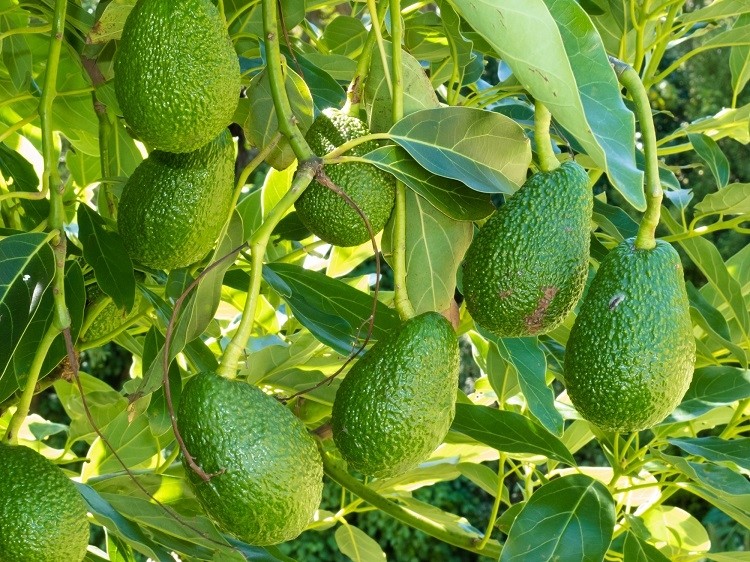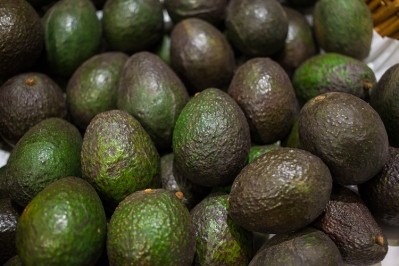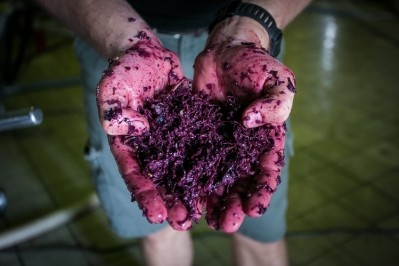Waste not? Mexico avocado leaves 'important source' of antioxidants, finds study

Writing in Molecules, researchers from the University of Nuevo León in Mexico analyzed the antioxidant activity in the leaves of seven locally-grown Persea americana (avocado) cultivars.
Avocado leaf, they noted, was a natural ingredient often used in traditional Latin American medicine for coughs, bruising, wound healing and hypertension hence the interest in this particular part.
The researchers found 41 compounds in the avocado leaves, mainly phenolic acids and flavonoids; 18 of which had never previously been identified in such plant material.
“The present study demonstrated that avocado leaves represent an important source for the recovery of added-value compounds with high antioxidant activity, which have potential applications as bioactive antioxidant agents for the treatment of several diseases and in the development of novel food products,” the researchers wrote.
Saving precious by-product
With the recent rise in avocado consumption globally, the researchers said there was a “high volume” of agro-industrial by-product or waste during or after pruning and production, with seeds, peel and leaves “discarded with no further applications”.
However, these by-products could be a “rich source of bioactive compounds”, they said, and applied as functional ingredients like vitamins, minerals, proteins, fibers, fatty acids and polyphenols such as phenolic acids, condensed tannins and flavonoids.
The polyphenol compounds, in particular, were associated with numerous effects against degenerative diseases, with anti-inflammatory, hypo-cholesterolemic and anticancer properties, among others.
Whilst research had been conducted on avocado skin and seeds, the study noted little had been done to analyze the content of avocado leaves. What analysis had been done, however, showed avocado by-products, including leaves, contained several nutritional and functional properties, the researchers said, which showed potential for using such material in the food industry.
Antioxidant activity 'statistically significant'
In then study, the researchers assessed scavenging capacity of free radicals and inhibitory effects on lipid oxidation using different methods.
Results from antioxidant assays conducted (DPPH, ABTS and LPO) showed a “statistically significant effect (p < 0.05) on the antioxidant activities” and IC50 levels lower than those reported for peel and comparable with values registered for seeds in other avocado species.
“In agreement with our results, previous studies have shown that the effectiveness of avocado extracts against lipid oxidation is linked to the phenolic contents in peels, seeds and leaves,” the researchers wrote. One study, for example, showed the extracts could prevent lipid oxidation in chilled porcine patties, and another confirmed them as “antimicrobial agents” against Gram-positive and Gram-negative bacteria.
“Furthermore, the extracts of avocado seeds and leaves have proven efficacy in the inhibition of the key enzymes linked with Alzheimer's disease and in the decrement of lipid-induced oxidation (…) Taken together, these results indicate that phenolic compounds identified in avocado leaves could be considered a suitable alternative for food preservation and other pharmacological applications as antioxidants agents.”
Phytochemical diversity
Another part of the analysis characterized the phytochemical compounds found in the leaf extracts. A total of 35 phenolic compounds were identified, alongside six other polar compounds.
“It is interesting to highlight the fact that this is the first time that compounds like p-coumaroyl hexose, roseoside (formate adduct), dimethyl ellagic acid hexoside, caffeoyl hexose-deoxyhexoside, and caffeic acid-hexoside are reported in P. americana samples,” the researchers wrote.
In addition, testing showed phytochemical profiles varied between the cultivars. The “most diverse” cultivar contained 25 compounds whilst the “less diverse” contained just 16.
“Phytochemical diversity and variation are evident when cultivars are compared, which could be the result of the genetic constitution as they were grown under same climatic conditions and samples were taken from mature and productive avocado trees,” the researchers wrote. However, further research would be needed to confirm “this correlation with genotypes”.
Source: Molecules
Published online 4 January 2019: doi.org/10.3390/molecules24010173
Title: “Polyphenolic profile and antioxidant activity of leaf purified hydroalcoholic extracts from seven Mexican Persea americana cultivars”
Authors: C. Castro-Lopez et al.








